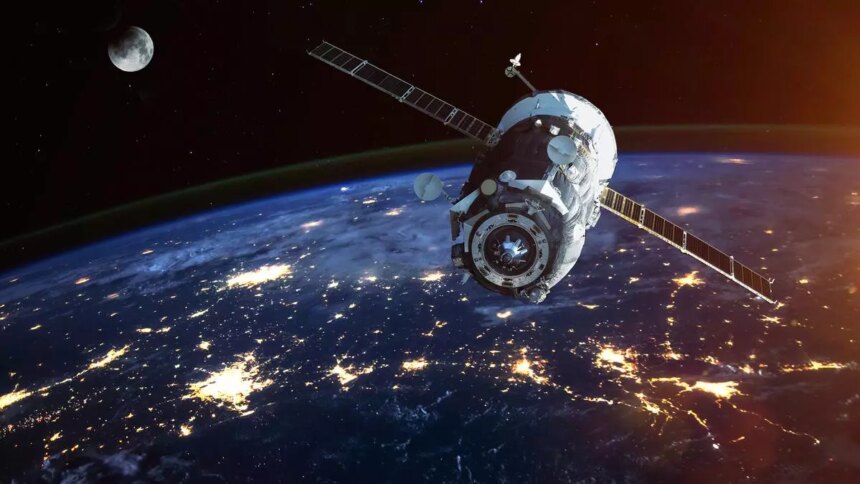India is poised to take a significant step today towards realizing two of its key space ambitions: establishing its own space station, the Bharatiya Antariksh Station, by 2035, and collecting lunar samples to return to Earth.
Both of these goals hinge on mastering the complex process of ‘space docking,’ which is the focus of the upcoming SpaDeX Mission launched by the Indian Space Research Organisation (ISRO).
Docking involves two spacecraft traveling at incredibly high speeds—approximately 7.5 km per second—meeting and locking together, which is no simple task. While India is somewhat late to the docking scene, it will become only the fifth country globally to achieve this milestone.
Historically, other nations accomplished this feat decades ago. The first successful manned docking took place in March 1966, involving Neil Armstrong and David Scott, who docked the Gemini 8 spacecraft with an uncrewed target vehicle known as Agena. This operation was critical for moon landings, as astronauts needed to rendezvous with their mother ship in orbit after their missions.
Subsequently, the United States, Russia, China, and Europe have all successfully completed the more challenging unmanned docking operations. Notably, in November 2011, China docked its uncrewed spacecraft Shenzhou-8 with the Tiangong-1 space station, following up with a manned docking the next year.
The docking process demands exceptionally precise alignment and control, utilizing various sensors, including laser range finders and rendezvous sensors, along with navigation devices. These sensors provide critical data about the relative positions and velocities of the spacecraft. Interestingly, both spacecraft involved in the docking procedure are designed to be “androgynous,” allowing either to function as the target or the chasing unit.
Once the docking is successfully completed, the spacecraft will subsequently undock and continue on their respective missions, which may include surveillance, imaging, and radiation measurement.
The SpaDeX spacecraft has been developed by the UR Rao Satellite Centre (URSC), with contributions from various other ISRO facilities. Integration and rigorous testing of the satellite were conducted by Ananth Technologies in Bangalore, under the oversight of URSC. Ananth Technologies was recently recognized by the space regulatory authority INSPACe as the first private Indian satellite operator permitted to offer geostationary orbit communication satellite services within the country.










